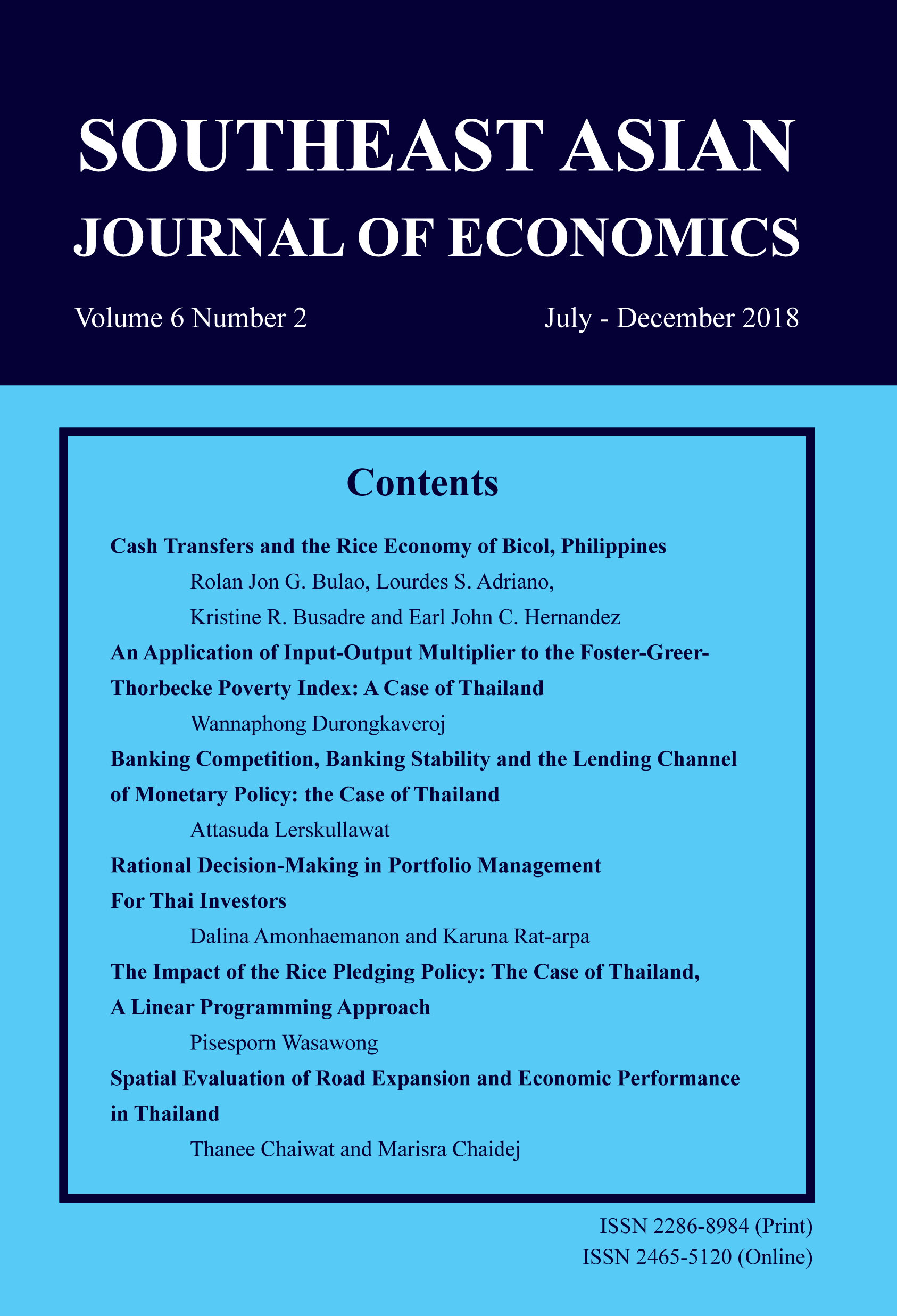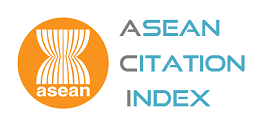Consumption Insurance and Household Vulnerability: Evidence from Thailand
Keywords:
Risk, Consumption Insurance, Vulnerability, Economic Shocks, Safety Nets, ThailandAbstract
An assessment of risk and vulnerability provides insight into how risk affects household’s well-being and the effectiveness of coping strategies. This paper uses the 2005, 2007, 2010, and 2012 panel data sets from Socioeconomic Survey (SES) of Thailand to investigate the extent of consumption insurance and household vulnerability across socioeconomic groups. The results are supportive of partial insurance. Consumption appears to be better insured in rural areas than urban areas. Empirical estimates indicate that households with educated heads and living in an owned house are more resilient to shocks. In contrast, households with self-employed heads, infants and small children, engaging in farm activities, and female heads are more vulnerable groups. Furthermore, idiosyncratic health shocks had no significant effect on vulnerability. Household’s coping strategies including savings, borrowing, and remittances help protect them from economic shocks. Thailand’s formal safety nets also contribute to reducing vulnerability except for the public pension payment.
Downloads
Published
How to Cite
Issue
Section
License
The submission of a manuscript implies that the paper is an original work and has not been published elsewhere. The author(s) authorize the journal to reproduce or distribute the paper in printed or other electronic forms.







